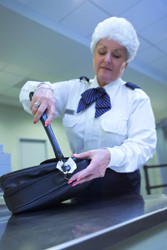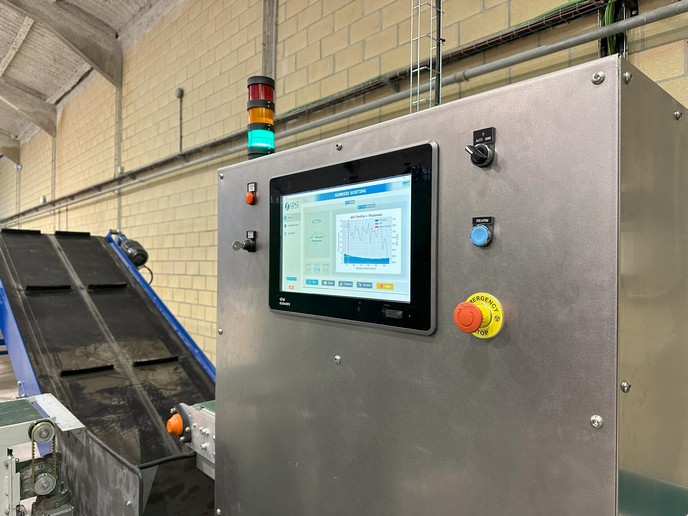Addressing security challenges
Precautions at border crossings are also key to detecting human trafficking and smuggling. The EU-funded project 'Detection of olfactory traces by orthogonal gas identification technologies' (DOGGIES) aims to demonstrate an operational, moveable, standalone sensor for detecting hidden persons, drugs and explosives, and for determining whether this technology can be adapted for a much wider range of illegal substances. The project addresses trace detection, and it relies on a combination of two technologies based on completely different physical principles. The first is mid-infrared (MIR) spectroscopy, which is based on photoacoustic detection. It appears to be the most powerful and promising tool to detect a wide range of volatile organic compounds (VOCs). The second technology is ion mobility spectrometry, which targets the use of a non-radioactive ionisation source. Project activities cover basic studies in physics and chemistry, as well as sensor engineering and field tests. Technical objectives that need to be achieved include identifying the operational specifications and end-user requirements; identifying the most relevant VOCs related to humans, drugs, and explosives or their precursors; demonstrating widely tuneable MIR sources; and demonstrating a miniature MIR photoacoustic spectrometer module. DOGGIES has already made much progress. The definition of system requirements and specifications, along with three use case studies for final prototype assessment have been completed. Furthermore, the main building blocks required to develop a moveable standalone detector are in place. The final instrument should be able to complement the dogs currently being used at border and custom points. This project may also have an impact on domains other than homeland security. Trace gas analysis markets are starting to emerge in other areas, including health care monitoring and food safety. These markets are driven by the demand of citizens for more control and understanding of the impact of industries on the environment.
Keywords
Border security, hidden persons, illegal substances, olfactory traces, identification technologies







